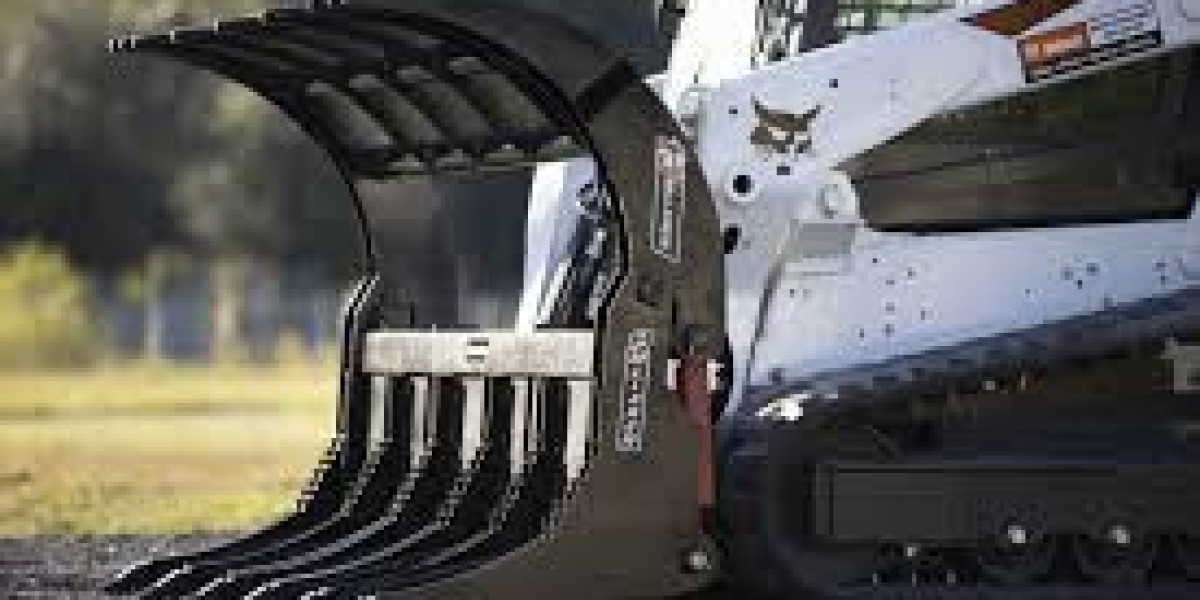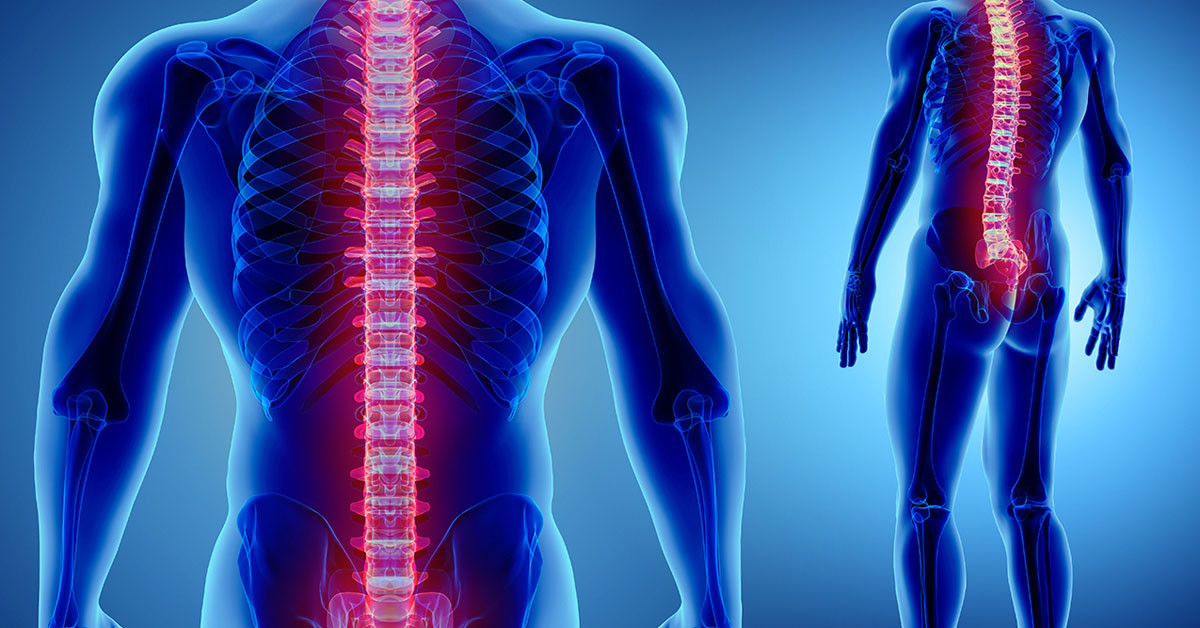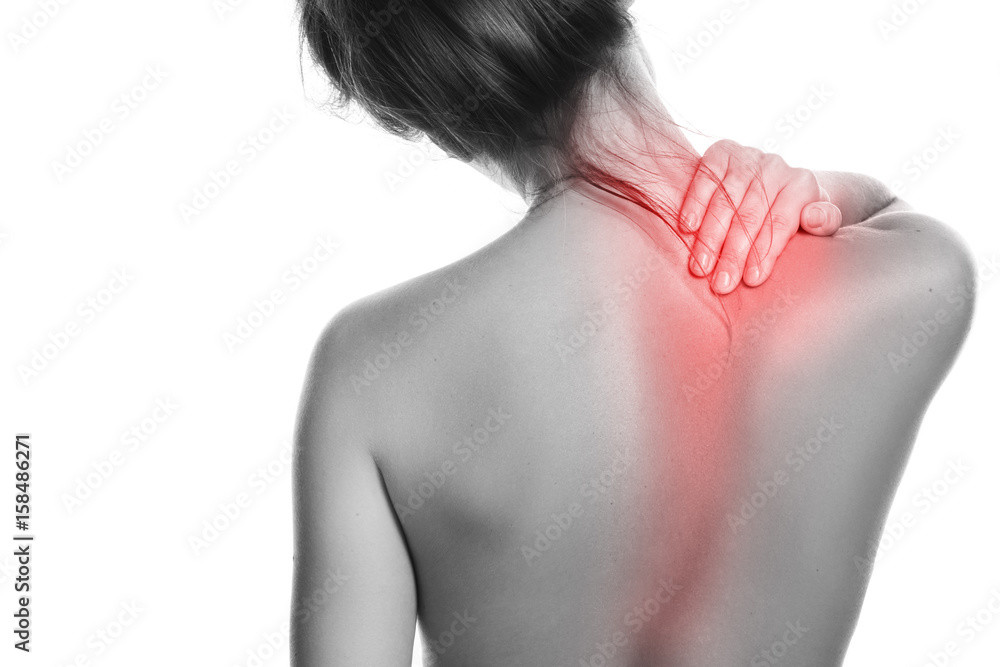In the realm of modern Geotextile Installation Tools and civil engineering, geotextiles have become indispensable for various applications such as erosion control, soil stabilization, drainage management, and road construction. The effectiveness of geotextiles largely depends on proper installation, which necessitates the use of specialized tools designed to ensure precision and efficiency. Here, we delve into the key tools essential for geotextile installation:
1. Utility Knife or Fabric Cutter
- Purpose: A utility knife or fabric cutter is crucial for cutting geotextile materials to the required dimensions. It allows for clean and precise cuts, which are essential for proper fitting and minimizing material waste.
- Features: Look for knives or cutters with retractable blades for safety and adjustable depth settings to control the cutting depth as per the material thickness.
2. Staple Guns or Hog Ring Guns
- Purpose: Staple guns or hog ring guns are used to secure geotextile fabric to the ground or underlying layers, such as soil or other geosynthetic materials.
- Features: Opt for guns with ergonomic designs for comfortable use over extended periods. Adjustable staple or ring sizes accommodate various fabric thicknesses and ground conditions.
3. Roller Compactors
- Purpose: Roller compactors are essential for ensuring proper compaction of geotextile materials, especially in road construction and soil stabilization applications.
- Features: Choose rollers with varying sizes and weights depending on the scale of the project and the type of soil or aggregate being compacted. Vibratory rollers are particularly effective for achieving optimal compaction.
4. Tensioning Devices
- Purpose: Tensioning devices are used to stretch geotextile fabrics tightly across the installation area, ensuring uniformity and preventing wrinkles or slack.
- Features: Look for devices that provide adjustable tension settings to accommodate different fabric types and installation conditions. Mechanical or pneumatic tensioners offer efficient and consistent tensioning.
5. Heat Welding Equipment
- Purpose: Heat welding equipment is essential for joining geotextile seams together, creating a seamless barrier that enhances the material's performance and longevity.
- Features: Select welding equipment that heats quickly and evenly, with temperature controls suitable for the specific type of geotextile being used. Portable units are advantageous for on-site installations.
6. Geotextile Pins or Anchors
- Purpose: Geotextile pins or anchors are used to secure geotextile fabrics in place, particularly in windy or sloped terrain where staples may not provide sufficient anchorage.
- Features: Choose pins or anchors made from durable materials such as steel or fiberglass, with designs that penetrate the ground easily without damaging the fabric.
7. Seaming Tapes and Adhesives
- Purpose: Seaming tapes and adhesives are used for bonding overlapping geotextile panels, ensuring a strong and waterproof seam that maintains the integrity of the installation.
- Features: Look for tapes and adhesives that are compatible with the specific material composition of the geotextile. UV-resistant options are ideal for outdoor applications to prevent degradation over time.
8. Surveying and Marking Tools
- Purpose: Surveying and marking tools help in accurately laying out and aligning geotextile materials according to project specifications and design requirements.
- Features: Include items such as measuring tapes, marking chalk or spray, and laser levels to ensure precise positioning and alignment during installation.
Conclusion
Geotextile installation tools play a crucial role in ensuring the effectiveness and longevity of geotextile applications across various construction and civil engineering projects. By utilizing the right tools and equipment, construction professionals can achieve precise installations that enhance soil stability, improve drainage, and mitigate erosion, contributing to sustainable and resilient infrastructure development. Choosing the appropriate tools based on project specifics and environmental conditions is key to maximizing the benefits of geotextiles in modern construction practices.








